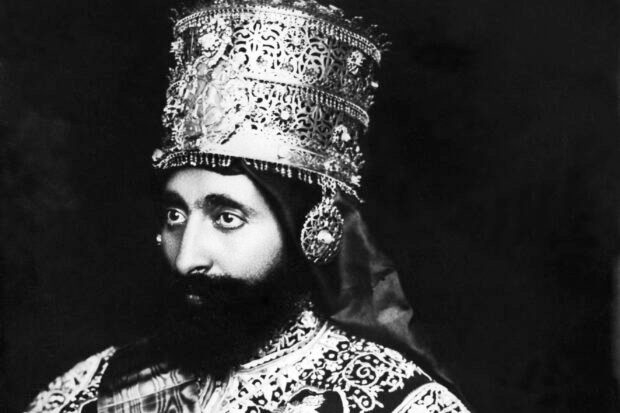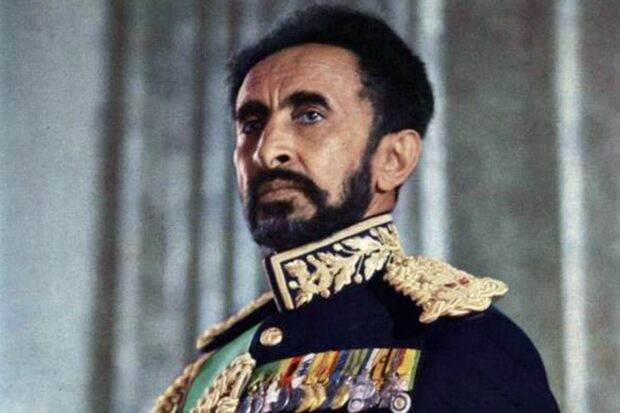Haile Selassie
Open the head for the list of most important history of Ethiopia, can not through Haile Selassie.
From 1930 to 1974, Haile Selassie reigned as Ethiopia's emperor. Beginning in 1916, he gained power as Ethiopia's Regent Plenipotentiary (Enderase) for Empress Zewditu. The 1930s emperor Haile Selassie is regarded by many as a pivotal player in the development of contemporary Ethiopian history as well as the founder of the Rastafari movement in Jamaica. He belonged to the Solomonic dynasty, which asserts descent from Emperor Menelik I, who is thought to be the child of King Solomon and Makeda the Queen of Sheba.
Through a number of political and social reforms, including as the adoption of the nation's first written constitution in 1931 and the eradication of slavery, Haile Selassie tried to modernize the nation. He was in exile in England for the most of the Italian occupation and oversaw the unsuccessful defense of Ethiopia during the Second Italo-Ethiopian War. He left for Sudan in 1940 to help organize the anti-fascist uprising in Ethiopia, and after the East African campaign in 1941, he went back to his native country. While battling to avoid secession, he disbanded the Federation of Ethiopia and Eritrea, which had been created by the UN General Assembly in 1950, and incorporated Eritrea into Ethiopia as one of its provinces.
(1892-1975)








